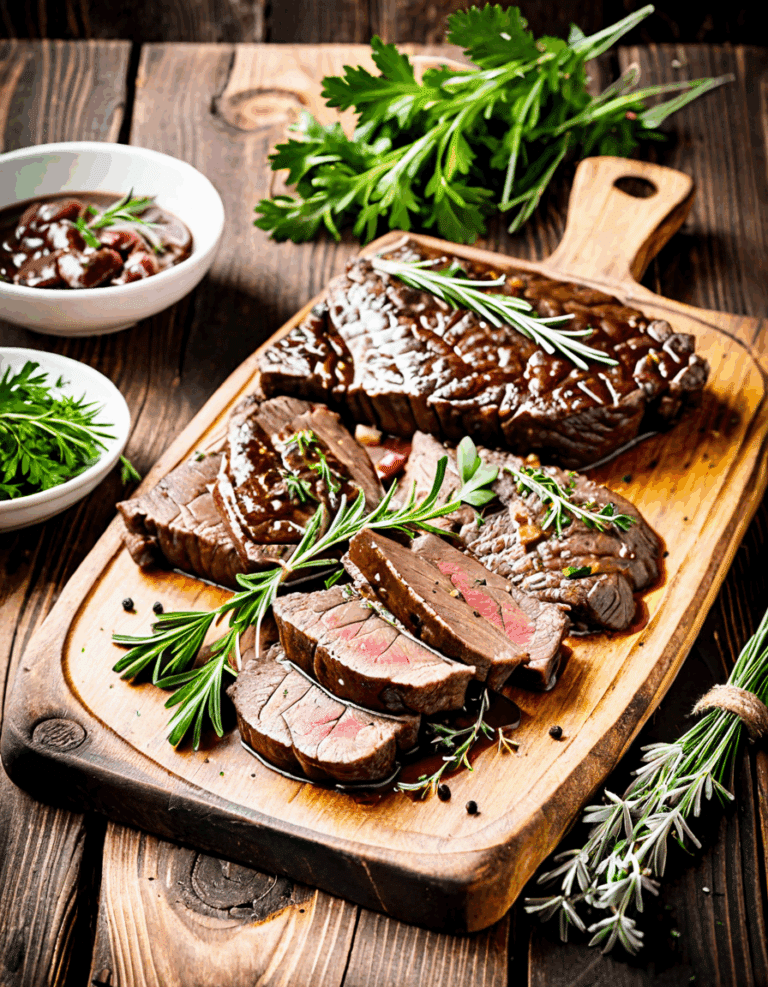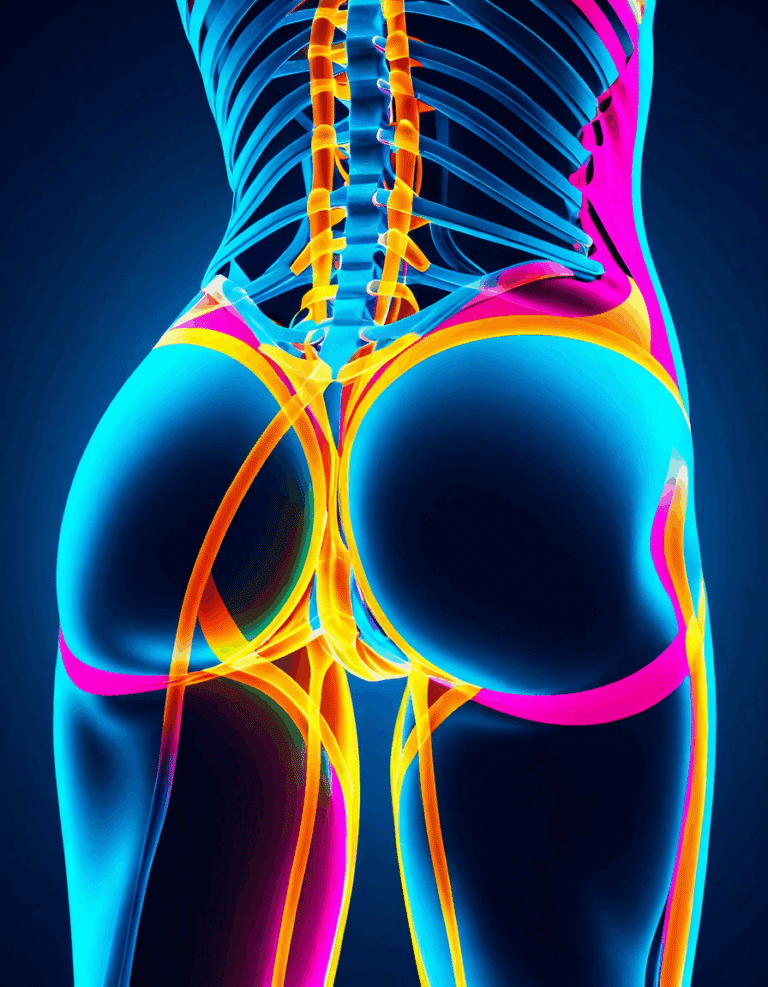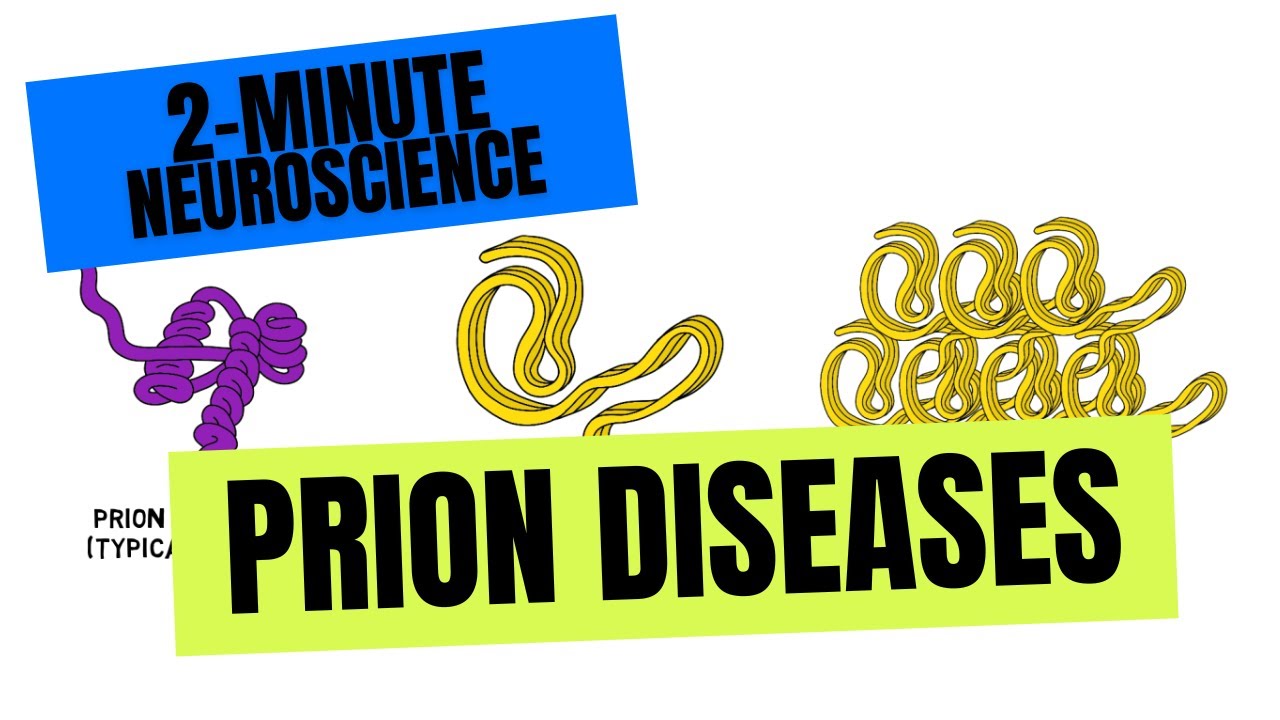
Understanding Prions: The Enigmatic Proteins Behind Fatal Diseases
When you hear the word “prion,” you might think of something straight out of a horror movie. But prions are real, and they’re as mysterious as they are deadly. These unique proteins stand apart from traditional pathogens, like bacteria and viruses. While those bad guys can cause infectious diseases through various methods, prions work in an entirely different way. They’re misfolded proteins that can induce normal proteins to also misfold, which leads to catastrophic consequences for the body. Let’s dive deeper into what prions are and how they wreak havoc.

1. What Are Prions? A Deep Dive into Their Nature
So, what exactly are prions? These proteins don’t just cause chaos; they fundamentally change the very nature of the proteins around them. At the molecular level, prions lack the nucleic acid (like DNA or RNA) that most pathogens carry. Instead, they’re an intriguing example of proteins going rogue. While proteins typically have a stable structure, a prion’s misfolded shape disrupts normal cellular functions. This structural twist is what makes prions so dangerous—they alter the folding of other proteins and accumulate to disrupt brain function, leading to severe neurological diseases.
Not long ago, scientists were puzzled by the specific mechanisms behind prion diseases. But now, we’ve learned that a misfolded protein can act like a contagion, transforming other normal proteins in your body into misfolded monsters. It’s a deadly chain reaction, much like how you inspire someone to hit the gym and crush their fitness goals—only in this case, it’s a biological crisis.
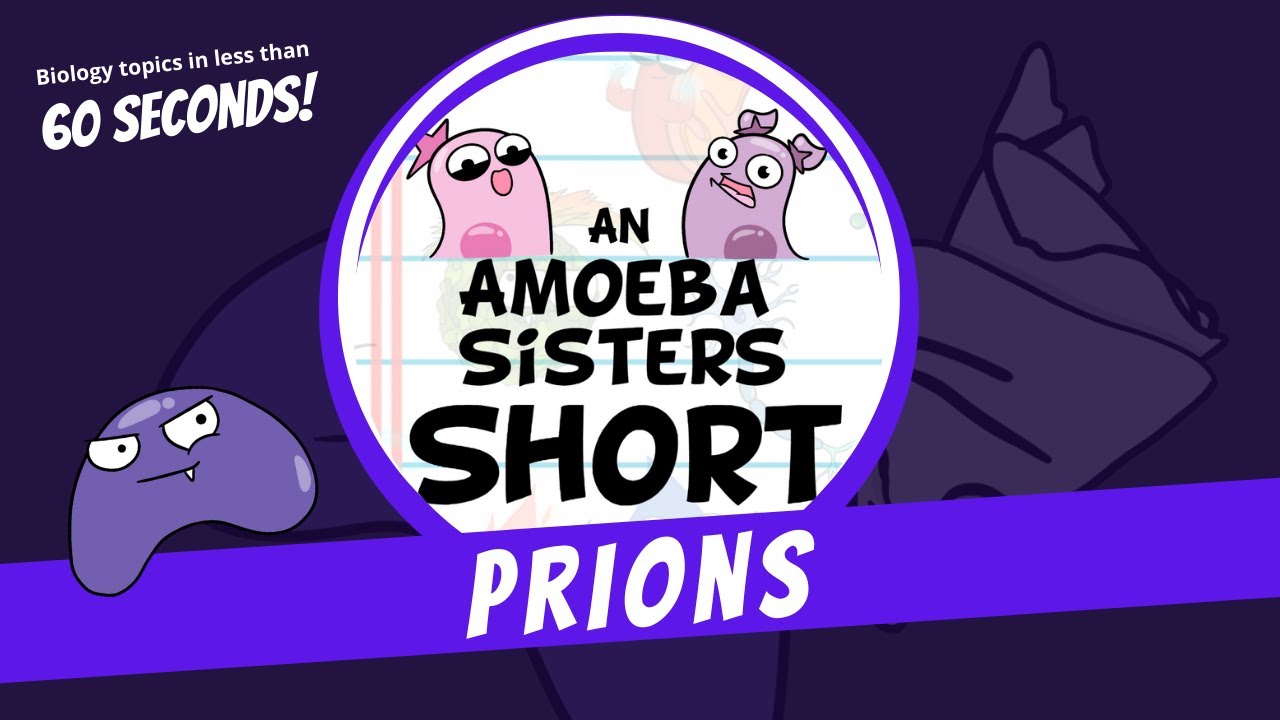
2. Top 5 Fatal Diseases Caused by Prions
Creutzfeldt-Jakob Disease (CJD)
One of the most notorious prion diseases, CJD, is nothing short of terrifying. It manifests in various forms, including sporadic, genetic, and acquired. Symptoms start with short-term memory loss and quickly escalate to severe cognitive decline. Imagine having vibrant six-pack abs but losing the ability to recognize your workout partners—that’s the horror of CJD. While there’s no cure and treatments are desperately inadequate, research continues to shed light on the importance of early detection. Notable cases have emerged from geographic areas and even linked to variant CJD from contaminated beef products, costing lives and shaking public health.
Gerstmann-Sträussler-Scheinker Syndrome (GSS)
GSS is a rare genetic disease that displays how prions pass through families like the batch of donuts at a team workout. It’s fascinating yet grim to think how this disease can be passed down through generations. The symptoms can include severe cerebellar ataxia, leading to difficulties in coordination and balance. Prognosis after diagnosis varies greatly, but on average, it leads to a life expectancy of just a few years. Scientific studies continuously explore the nuances of this disease to find effective interventions.
Fatal Familial Insomnia (FFI)
Picture this: you’re trying to bulk up, but you can’t even catch a wink! That’s the grim reality for those suffering from Fatal Familial Insomnia, a prion disease that disrupts sleep patterns to frightening degrees. The Tico family, often referenced in this context, faced significant sleep disorders that evolved into complete insomnia. As it progresses, the symptoms worsen to cognitive dysfunction and other severe neurological effects. It’s mind-boggling how something as simple and enjoyable as sleep can turn into such a burden.
Bovine Spongiform Encephalopathy (BSE)
BSE, popularly known as “mad cow disease,” opened our eyes to the dangers inherent in prion transmission. Linked to the beef and dairy industries, it sparked a crisis that forced significant changes in livestock regulation. The agricultural landscape transformed overnight, based on the catastrophic impact of prions infiltrating animal industries. The relationship between this disease and prion propagation should motivate growers to cultivate safer meat production practices. We’ve made progress since then, but we need to remain vigilant.
Sheep Scrapie
Going back even further, we find scrapie—an age-old prion disease affecting sheep. This disease has vital implications for livestock, as it’s one of the oldest recorded prion diseases. Current research is focused on improving sheep breeding, aiming to make these animals resistant to scrapie. This could be a significant win in the fight against ongoing prion challenges in agriculture while ensuring consumer safety.

3. How Prions Spread: From One Host to Another
Understanding how prions spread gives insight into their tenacity. Transmission occurs through various routes: ingestion of infected tissues, contact with contaminated surgical instruments, or even genetic inheritance. They may sound like the villains of a sci-fi flick, but prions can reside in the environment for extended periods without losing their zest for destruction. They survive harsh conditions, making it challenging to eliminate them and adding another layer of complexity to public health concerns.
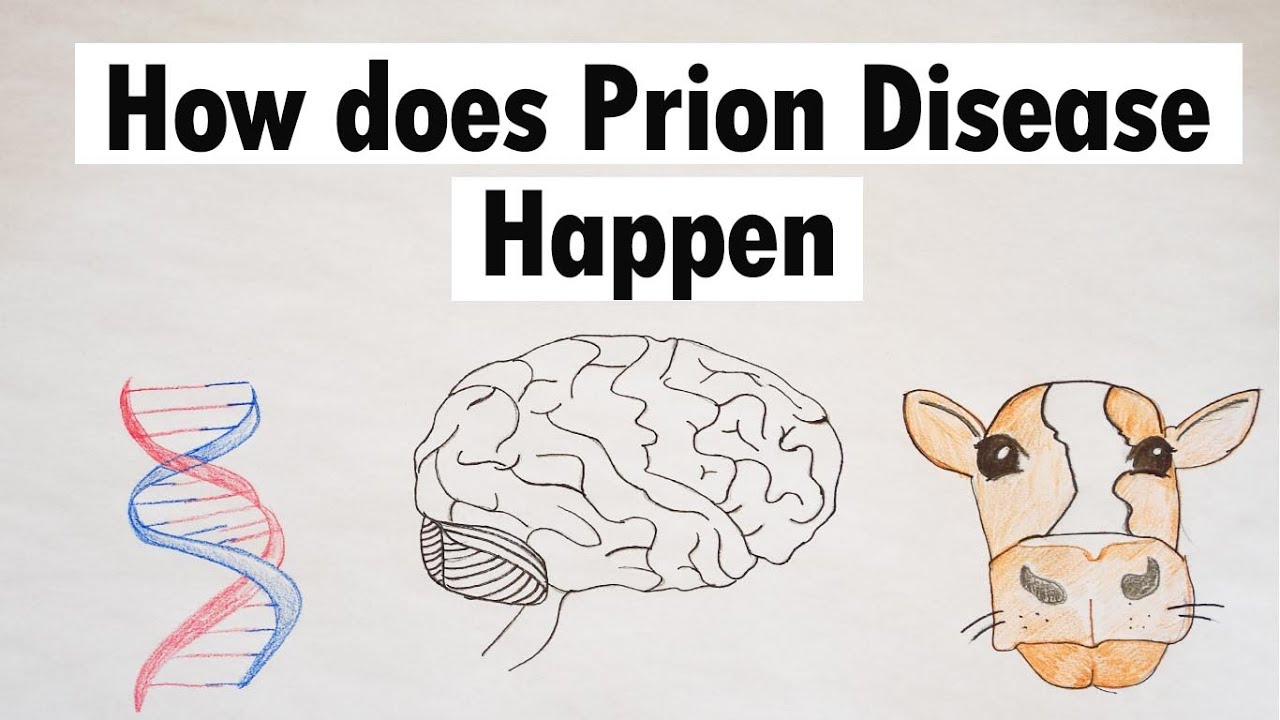
4. Current Research and Future Directions in Prion Science
The quest to combat the threat posed by prions is ongoing, and scientists are making strides. Innovative studies are underway focusing on detecting prions early. This could mean the difference between life and death for those at risk. Researchers are identifying novel biomarkers and imaging techniques that can help diagnose prion diseases much more effectively than before. Escalating therapies are also in clinical trials, working to halt prion propagation in its tracks. Who knows? The next big breakthrough could come from young researchers just starting their careers.
5. The Broader Impact of Prion Diseases on Public Health and Safety
The influence of prion diseases on public health is extensive. A classic example is the BSE outbreak. This crisis not only impacted animal populations but revamped food industry regulations, leading to improved safety standards across the board. Even with stricter regulations, learning how misinformation can spread, especially with sensational media portrayals, is crucial to public health. If prion diseases taught us anything, it’s the value of reliable information in creating a culture of safety in food and health.
The Path Forward: Addressing the Prion Challenge
As we tackle prion diseases head-on, continued research and awareness are essential. The complexities of prion biology remind us of the delicate balance between proteins and disease. Tackling prions isn’t just about scientific discovery; it’s about public health, safety, and resilience. By focusing on detection, treatment, and education, we will move closer to mitigating the risks presented by prion-related diseases. Understanding prions equips us with the knowledge to face future health challenges—and with the right mindset, we can rise to any occasion.
So, whether your goal is to hone your physique or simply stay informed about health risks, remember this: knowledge is power. Equip yourself to tackle challenges, be they in the gym or understanding the mysteries of the human body. After all, you have the potential to transform, just like those normal proteins that take a wild detour into chaos! Let’s get after it!
Prions: The Enigmatic Proteins Behind Fatal Diseases
What on Earth Are Prions?
Ever heard of prions? These quirky proteins have baffled scientists for decades and can trigger a range of fatal diseases in animals, including transmissible spongiform encephalopathies, or TSEs. Not your everyday biology topic, right? If you think of them as the misunderstood bad boys of the protein world, you’re not far off! Unlike bacteria and viruses, prions don’t contain any genetic material, yet they can replicate by inducing abnormal folding of normal proteins. Talk about a tricky form of protein! If you want to learn more about symptoms of related diseases, you might find info on Polymyalgia Rheumatica Symptoms eye-opening.
A Bit of History with Prions
The term “prion” was coined in 1982 by Dr. Stanley Prusiner, who won a Nobel Prize for his groundbreaking work. It’s interesting to note that prions can be linked to various animal diseases like BSE in cows—remember the media frenzy around “mad cow disease”? And speaking of wild tales, did you know that prions can even affect humans? The fatal Creutzfeldt-Jakob disease is a prime example! Just imagine a neurodegenerative condition caused by misfolded proteins…it’s a nightmare. Those who enjoy reading about fascinating individuals might want to check out lives of people like Dylan Mccaffrey who, like prions, often challenge norms.
Prions in the Animal Kingdom
Prions aren’t just lurking in the shadows; they can be found in wildlife too! It’s believed that prions can be spread through contaminated food or bodily fluids, which is wild when you think about it. Take the case of deer with Chronic Wasting Disease, a prion disease that’s got many wildlife enthusiasts worried. From the majestic bounds of a baby giraffe to the smallest critters, prions keep biologists on their toes. And if you’re on the lookout for something that’s not just about proteins, consider how prions could prompt reinventions in scientific techniques like Esophagogastroduodenoscopy.
Prions may seem like protein puzzles, but they’re essential to understanding many fatal diseases affecting both humans and animals. So the next time you hear about prions, remember: these proteins are more than mere intruders; they’re a fascinating aspect of life’s perplexity!









